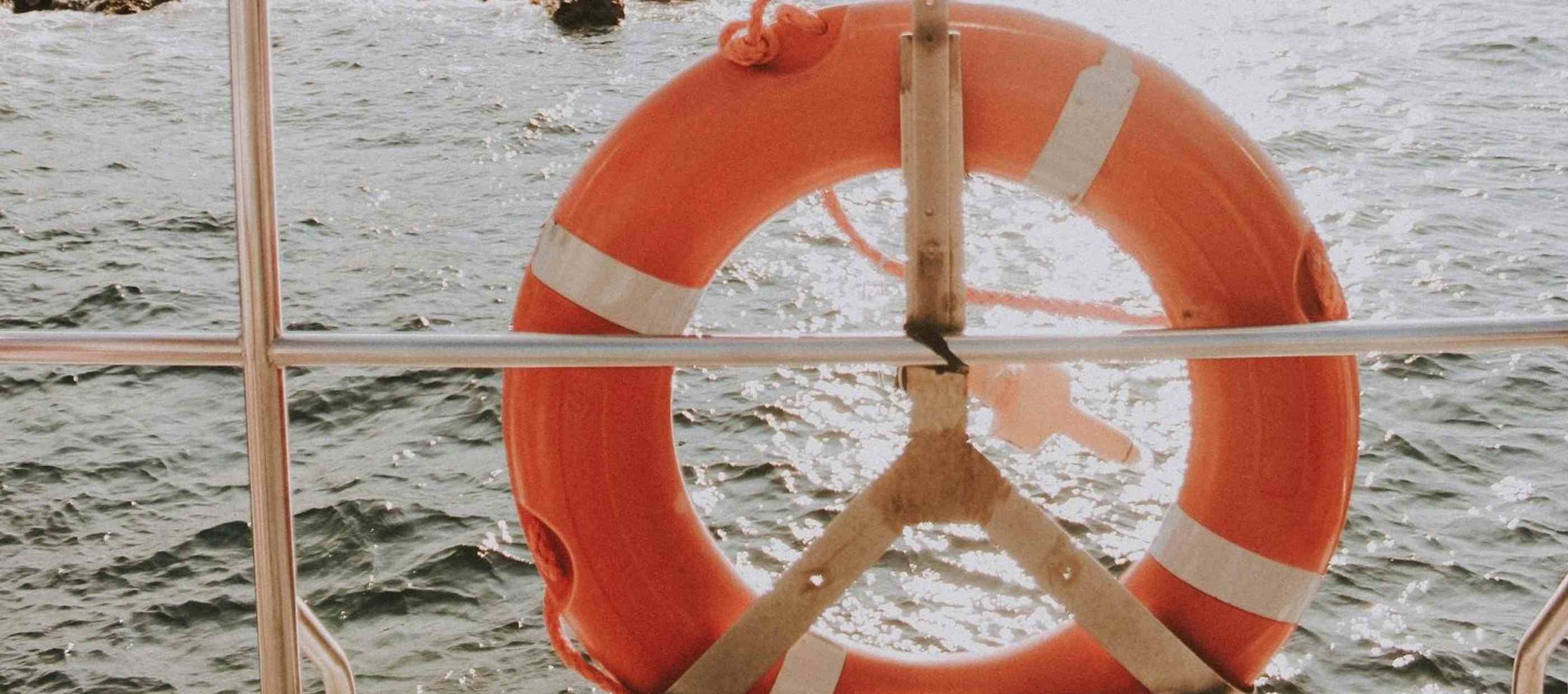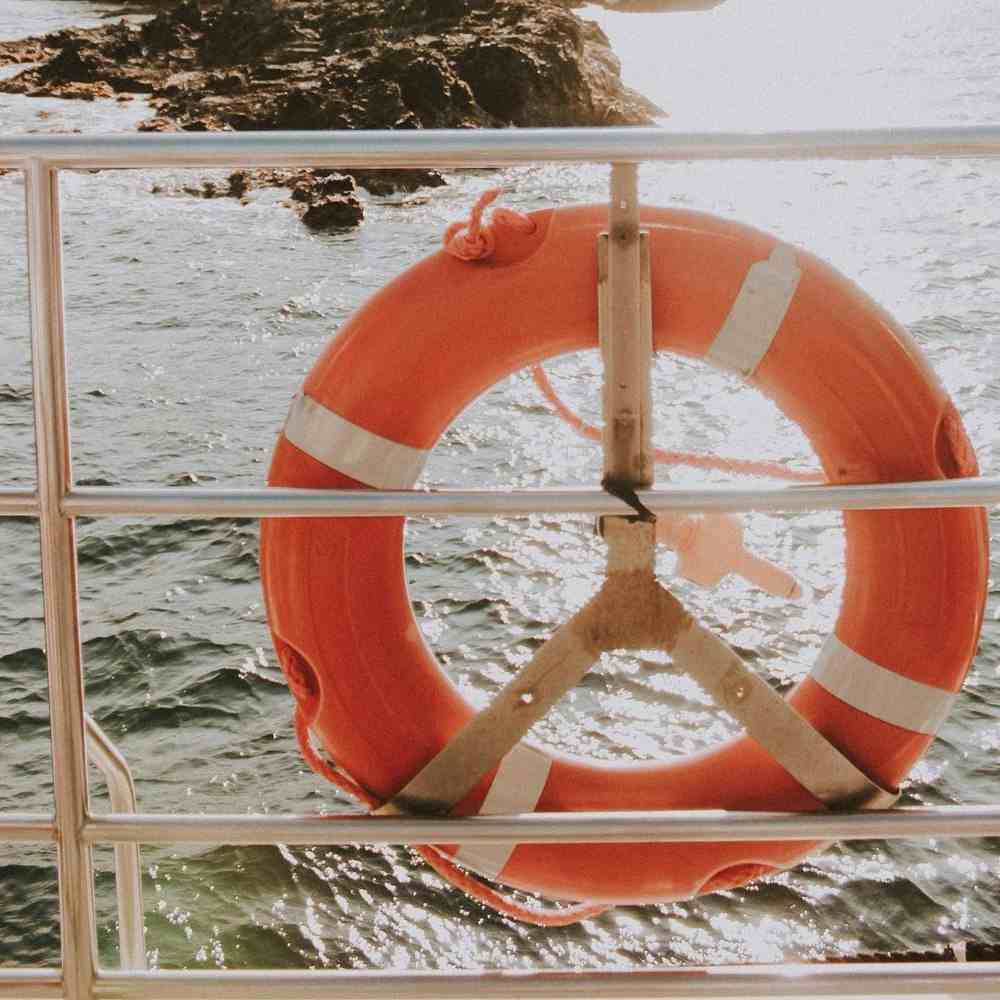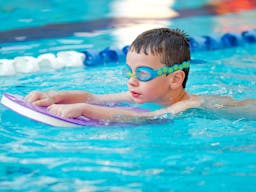The Water Safety Code
Knowing the water safety code and following it correctly guarantees that you will stay safe in the water. Therefore, teaching children the code from a young age allows the child to feel safe and reassures parents that their child is not only a competent swimmer, but also knows what to do in an emergency.
Knowing the water safety code and following it correctly guarantees that you will stay safe in the water. Therefore, teaching children the code from a young age allows the child to feel safe and reassures parents that their child is not only a competent swimmer, but also knows what to do in an emergency.



What is the safety code?
Spot, Advice, Friends, Emergency
Spot the danger
- Check for hazards
- Consider what could be hidden under the water
- Stay well back from the edge
Take advice
- Always read the signs
- Only swim where there is a lifeguard
- Wearing buoyancy aids and life jackets
Go with a friend
- Swim with your friends and family
- Friends can get help
- Never swim alone
Learn what to do in an emergency
- Find the nearest phone and call 999 or 112
- Shout loudly to attract attention
- Never enter the water to save someone
How to spot and avoid danger
Children’s limbs are younger and generally more flexible than adults however children are not as strong. Therefore, Swimtime teach children the dangers of the water and how to spot them quickly so the child knows how to avoid the danger in the water quickly before it becomes stronger than the young swimmers capability.
The 5 key dangers children learn to look out for are...
1. Very cold temperatures
Water at open water and inland sites is often much colder than it looks, cold water can affect your ability to swim and rescue.
2. Hidden currents
Currents in the water can be very strong. If you find yourself caught in a riptide, do not swim against it, you’ll tire yourself out. Swim with the current and call for help.
3. Fast flowing water
Avoid water that could have a current faster and stronger than your ability. Do not overestimate your strength and ability in the water.
4. Deep water, it can be difficult to estimate the depth
Always swim parallel to the shore, that way you’re never too far away from it.
5. No lifeguards, most outdoors waterways do not have lifeguards
If you’re looking for a place to cool off always find a lifeguarded swimming site.





